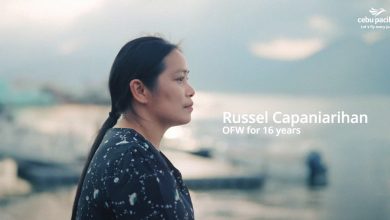MUMBAI, INDIA — BharatMatrimony, India’s biggest matchmaking service, recently launched a cutting-edge marketing campaign, “My Perfect Valentine,” featuring an AI-generated entity named Aaditya Iyer (AI). This marks India’s first marketing campaign utilizing advanced AI tools like ChatGPT and Midjourney. This campaign was conceptualized by creative agency Wondrlab India.
#theAIvalentine generated through Artificial Intelligence was named Aaditya Iyer (AI). While his words and thoughts were generated by ChatGPT, his face, image, and world were created using Midjourney. To kick off the campaign, Aaditya Iyer was launched on Instagram, where he started posting pictures and sharing his thoughts, quickly gaining more than 10K followers in a span of three days. He started celebrating rose day, propose day, kiss day, and declared his intention to find a valentine, generating buzz and excitement among his followers. However, on Valentine’s Day, it was revealed that Aaditya Iyer, the perfect valentine, was not real, but a campaign set up to showcase the importance of connecting with real people looking for real love.
Arjun Bhatia, CMO, Matrimony.com, said, “In a world where perfection is pursued relentlessly, we cracked the idea of using AI along with our agency partner Wondrlab to emphasize that perfection is not real. Each of us is beautifully flawed. It takes two endearingly imperfect people who are perfect for each other to form a happy marriage. And for those seeking their perfect match, come to BharatMatrimony where you will find real people searching for real love.”
Amit Akali, CCO & Co-founder, Wondrlab India, said, “In a world afraid of AI taking over our lives, we decided to use AI to demonstrate that there is no substitute for real, in love as well as in creativity and marketing. The campaign hit a nerve with not just people looking for perfection in their potential partners, but also creative and marketing professionals wondering about their place in the world with the advent of advanced AI tools. At Wondrlab and BharatMatrimony, we always use technology and culture, to drive home a point that is both insightful and real. Which is why Aaditya may not be real, but the love and traction he’s getting for BharatMatrimony are very much real.”
The “My Perfect Valentine” campaign gained widespread attention on social media and was praised for its creative use of technology. By highlighting the importance of connecting with real people, BharatMatrimony reinforces its commitment to helping individuals find their perfect match.







